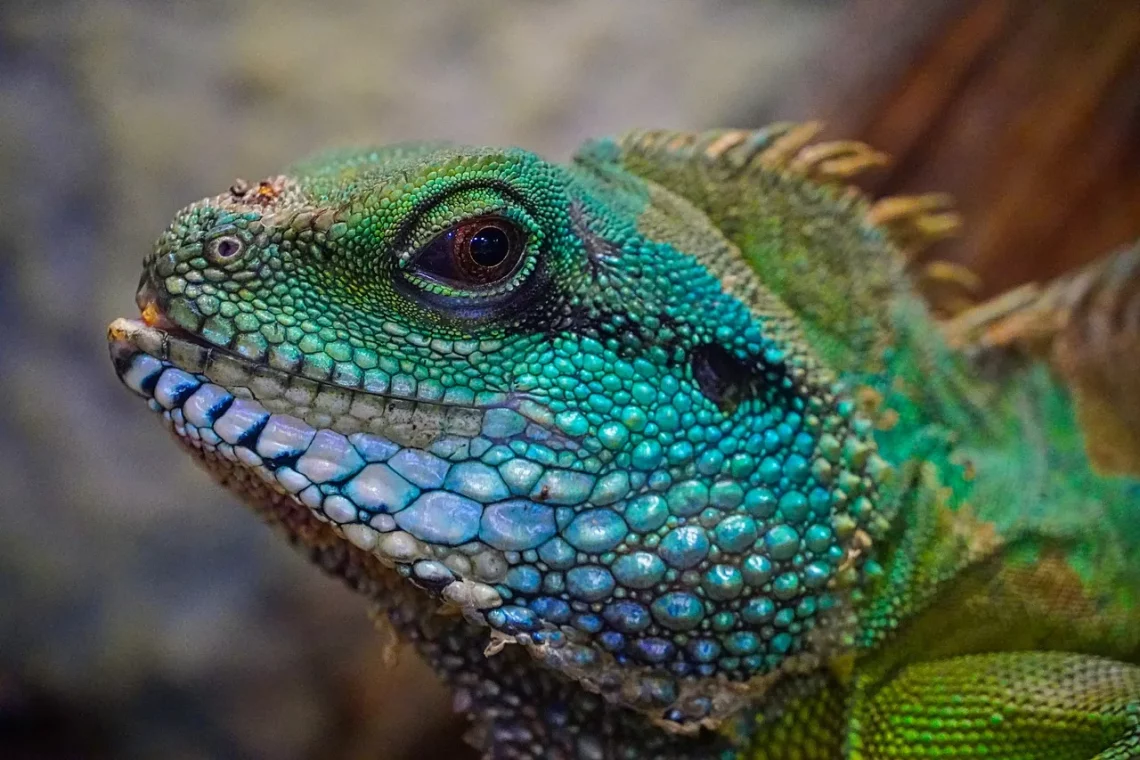
Can Bearded Dragons Eat Turnip Greens Safely and Healthily?
Bearded dragons are fascinating reptiles that have captured the hearts of many pet owners around the world. Known for their unique personalities and captivating appearance, these lizards require a specialized diet to thrive. As omnivores, bearded dragons consume a variety of foods, including insects, fruits, and vegetables. The importance of a balanced diet cannot be overstated, as it directly impacts their health, growth, and overall well-being.
One of the many vegetables that may catch a bearded dragon owner’s attention is turnip greens. These leafy greens are often praised for their nutritional value and are a common addition to the diets of various reptiles. However, as with any food introduced to a bearded dragon’s diet, it is essential to understand whether it is safe and healthy for them to consume. Factors such as calcium content, oxalates, and the overall nutritional profile of turnip greens play a crucial role in determining their suitability for these reptiles.
In this article, we will explore the various aspects of feeding turnip greens to bearded dragons, ensuring that owners can make informed decisions when it comes to their pet’s diet. Understanding the dietary needs of bearded dragons and the potential benefits and drawbacks of turnip greens will help ensure these wonderful reptiles lead happy and healthy lives.
Nutritional Benefits of Turnip Greens
Turnip greens are known for their impressive nutritional profile, which can offer various health benefits for bearded dragons. These greens are rich in essential vitamins and minerals, making them a valuable addition to the diet of many reptiles if fed in moderation.
One of the primary benefits of turnip greens is their high calcium content. Calcium is crucial for bearded dragons, as it plays a vital role in bone development and overall health. A deficiency in calcium can lead to metabolic bone disease, a serious condition that can affect a bearded dragon’s mobility and longevity. Including turnip greens in their diet can help provide an additional source of this essential mineral.
Apart from calcium, turnip greens are also a good source of vitamins A and C. Vitamin A is essential for maintaining healthy skin and eyes, while vitamin C supports the immune system and helps in the absorption of iron. These vitamins contribute to the overall health of bearded dragons, promoting a strong immune response and reducing the risk of illness.
Additionally, turnip greens contain dietary fiber, which aids in digestion. A proper digestive system is crucial for bearded dragons, as it ensures that they can efficiently absorb nutrients from their food. Including fibrous vegetables like turnip greens can help maintain a healthy digestive tract.
While turnip greens are nutritionally beneficial, they should only be offered in moderation due to their oxalate content. Oxalates can bind to calcium and hinder its absorption, potentially leading to health issues if consumed in excess. Therefore, it is essential for bearded dragon owners to balance turnip greens with other calcium-rich foods to ensure their pets receive adequate nutrition.
How to Prepare Turnip Greens for Bearded Dragons
Proper preparation of turnip greens is crucial to ensure they are safe and palatable for bearded dragons. Just like with any other food, the way turnip greens are prepared can significantly affect their nutritional value and digestibility.
Before feeding turnip greens to your bearded dragon, it is essential to wash them thoroughly to remove any pesticides, dirt, or contaminants. This step is crucial for all vegetables and greens, as bearded dragons are sensitive to chemicals that may be present on the surface of the leaves.
Once cleaned, the next step is to chop the turnip greens into manageable pieces. Bearded dragons have different preferences when it comes to food size. Some may prefer finely chopped greens, while others enjoy larger pieces they can chew. Observing your pet’s eating habits will help you find the right size for your dragon.
It is also advisable to mix turnip greens with other vegetables and greens to provide a diverse diet. Combining turnip greens with other leafy greens like collard greens, kale, or dandelion greens can enhance the nutritional profile of the meal. This variety can help prevent any potential nutritional imbalances and keep your bearded dragon interested in their food.
Another consideration is the temperature at which the greens are served. Some bearded dragons may prefer their food slightly warmed, while others may enjoy it at room temperature. Experimenting with different serving temperatures can help you determine what your pet prefers.
Lastly, always observe your bearded dragon after introducing any new food, including turnip greens. Monitoring their behavior and digestion can help you identify any adverse reactions and adjust their diet accordingly.
Potential Risks of Feeding Turnip Greens
While turnip greens can be a nutritious addition to a bearded dragon’s diet, it is essential to be aware of the potential risks associated with their consumption. Understanding these risks can help pet owners make informed decisions about their pet’s diet and overall health.
One of the primary concerns with turnip greens is their oxalate content. As mentioned earlier, oxalates can bind to calcium, reducing its bioavailability. If a bearded dragon consumes too many oxalate-rich foods, it may lead to calcium deficiencies over time. This can be particularly concerning for juvenile bearded dragons that require higher levels of calcium for growth and development. Therefore, it is crucial to balance turnip greens with other calcium-rich foods and ensure that your pet receives adequate calcium supplementation when needed.
Another risk is the possibility of pesticide exposure. Even after washing, some residues may remain on the greens. It is advisable to choose organic turnip greens whenever possible or grow your own to avoid chemical exposure altogether. If you must use non-organic greens, thorough washing is essential to minimize any potential risks.
Additionally, overfeeding turnip greens can lead to digestive issues. While fiber is beneficial for digestion, too much of it can cause constipation or other gastrointestinal problems. As with any food, moderation is key. Introducing turnip greens gradually and monitoring your bearded dragon’s response can help prevent any adverse effects.
Lastly, individual bearded dragons may have different tolerances to various foods. Some dragons may not react well to turnip greens, even if they are otherwise considered safe. Always observe your pet’s behavior and health after introducing any new food and consult a veterinarian if you notice any signs of distress.
Conclusion: Making Informed Dietary Choices
In conclusion, turnip greens can be a safe and healthy option for bearded dragons when prepared and offered correctly. Their nutritional benefits, including calcium, vitamins A and C, and dietary fiber, can contribute positively to your pet’s overall health. However, it is essential to approach their introduction with caution and moderation.
Pet owners should always strive for a balanced diet that includes a variety of vegetables, greens, and protein sources to ensure their bearded dragon receives all the necessary nutrients. Being mindful of oxalate levels, pesticide exposure, and individual preferences will help create a well-rounded diet tailored to your pet’s needs.
Remember that every bearded dragon is unique, and dietary preferences may vary. Regular consultation with a veterinarian can provide valuable insights into your pet’s dietary needs and help you navigate any health concerns that may arise.
**Disclaimer:** This article is not intended as medical advice. For any health-related issues concerning your bearded dragon, please consult a qualified veterinarian for proper guidance.




